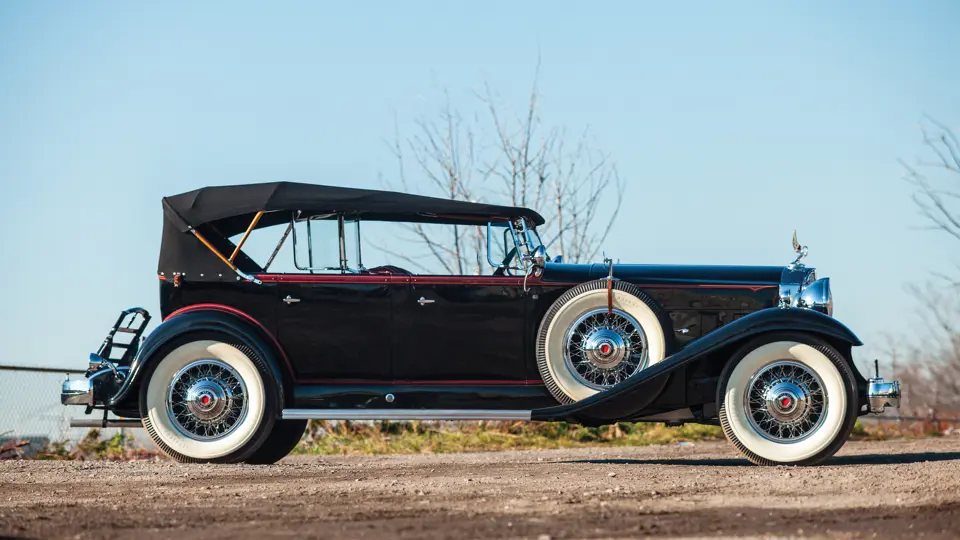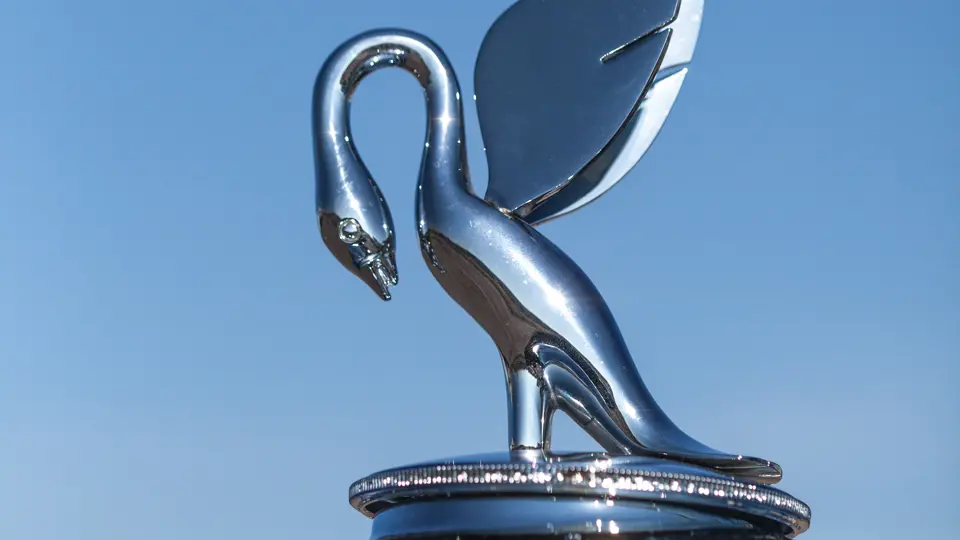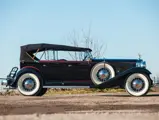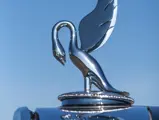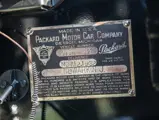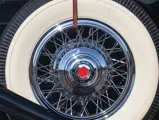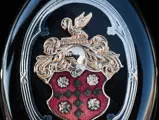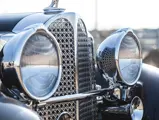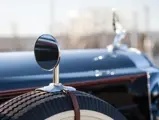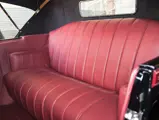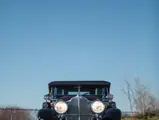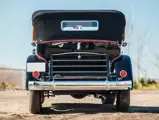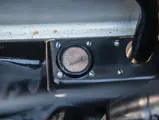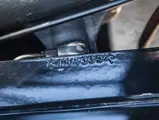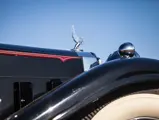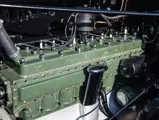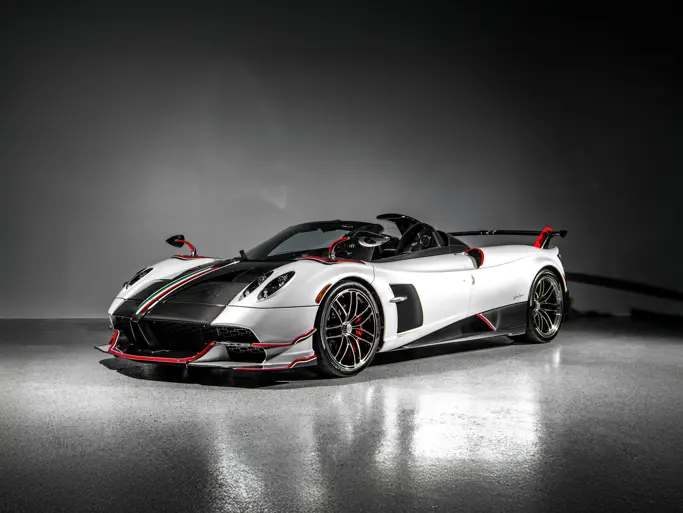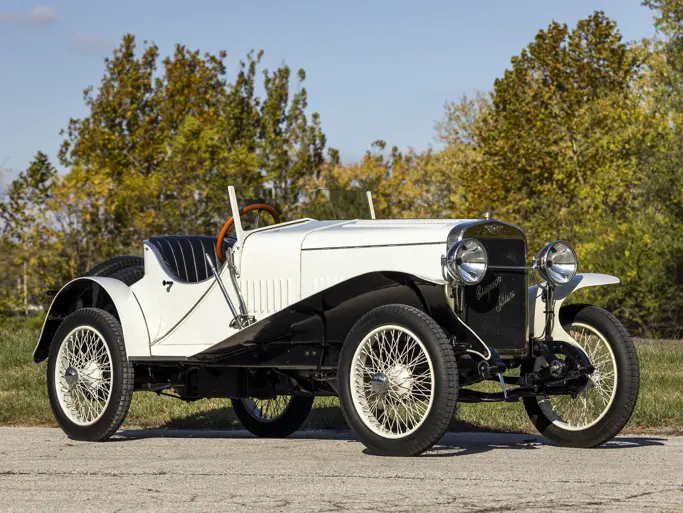Series 903. 135 hp, 384.8 cu in. L-head inline eight-cylinder engine, three-speed manual transmission, solid front axle and live rear axle with semi-elliptic leaf springs, and four-wheel mechanical drum brakes. Wheelbase: 142.5 in.
It was with both great surprise and great fanfare that Packard introduced its Ninth Series in June 1931, nearly eight months ahead of the typical new model introduction. The Standard Eight Series 901 and 902, the Deluxe Eight Series 903 and 904, and the Individual Custom Eight, also under the Series 904, received significant updates over the short model run of the preceding Eighth Series. Packard further astounded the automotive world with the January introduction of the new Light Eight, its first medium-priced automobile, along with the return of the Twin Six V-12 at the upper-end of the company’s price strata.
Packard’s big straight eight was given a new compression ratio, increasing power on the Deluxe Eight models to 135 horsepower at 3,200 rpm. Engine noise was reduced by a massive new air cleaner, in an effort to do away with the aspirating noises of the carburetor. New rubber engine mounts were adopted as well. The chassis was lengthened to 142.5 inches, and its running components were redesigned; most notably, a new double-drop frame was adopted to provide a lower and sleeker look. Mid-season, Packard’s four-speed synchromesh transmission was replaced with a three-speed synchromesh unit with an optional vacuum-operated clutch. Bijur chassis lubrication remained, now with 40 points on the redesigned chassis.
Most noteworthy were the addition of ride stabilizers mounted at the ends of the front bumpers. These were the idea of Packard’s Chief Experimental Engineer Clyde Paton, who arrived from Studebaker the previous year. The stabilizers consisted of heavy metal spools mounted between springs and enclosed in chrome cylinders. These served as counterweights to eliminate front wheel wobbling with the emphasis on improved ride and handling.
The Deluxe Eight Phaeton offered here was the 27th of about 30 built in 1932, and it is reportedly one of seven known to survive today. A numbers-matching car with its original bodywork, it was delivered in Newark, New Jersey, on November 12, 1932. Some 21 years later, it was discovered in a Garden State backyard by long-time CCCA member and noted Packard enthusiast George Jepson, who paid $35 to take it home. The car was then sold to Bennett Fishler, who restored it to original condition and drove it on a CARavan in 1955. “Before and after” shots appear in the Winter 1956 issue of The Classic Car.
Several years later, the Packard was passed to Burton Dickerman, and then, in the 1970s, it passed from Dickerman’s widow to Bill Neubig, their neighbor in Connecticut, from whom the present owner acquired the car in 2007.
The car has since undergone a three-year-long restoration to original condition, resulting in the stunning phaeton seen today, painted a sumptuous black with a black top and contrasting burgundy interior, belt line, and fender welting. Fitted with dual side-mount spares, an accessory trunk rack, period wide-whitewall tires on chrome wire wheels, as well as the new-for-Ninth Series cormorant signature hood ornament, this car will no doubt be a star wherever it appears. It is ready to be shown or reintroduced to the CARavan circuit after a half century of absence.






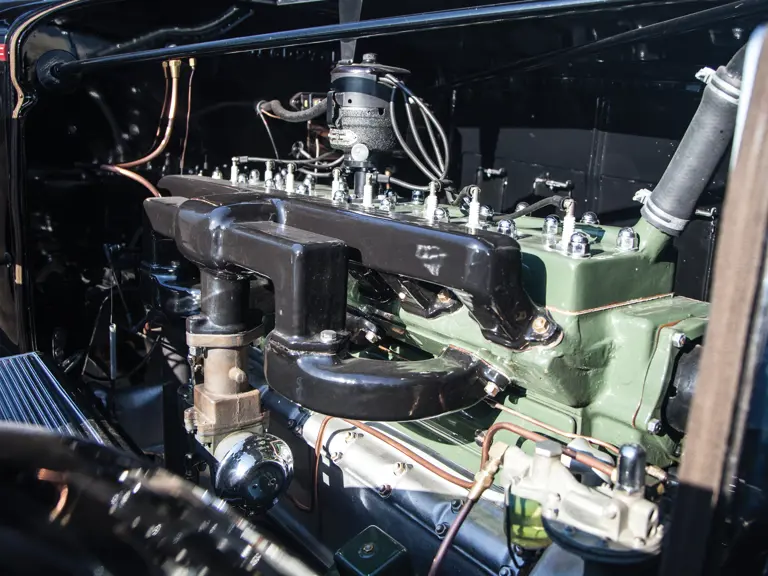

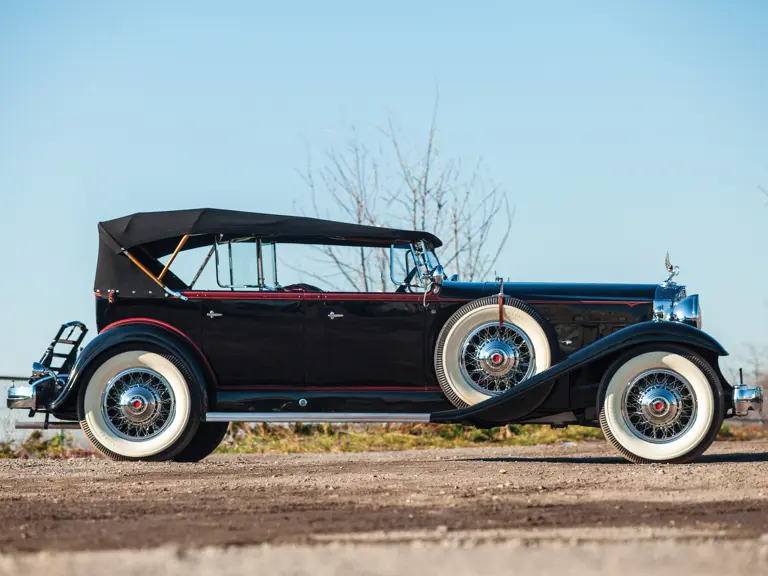

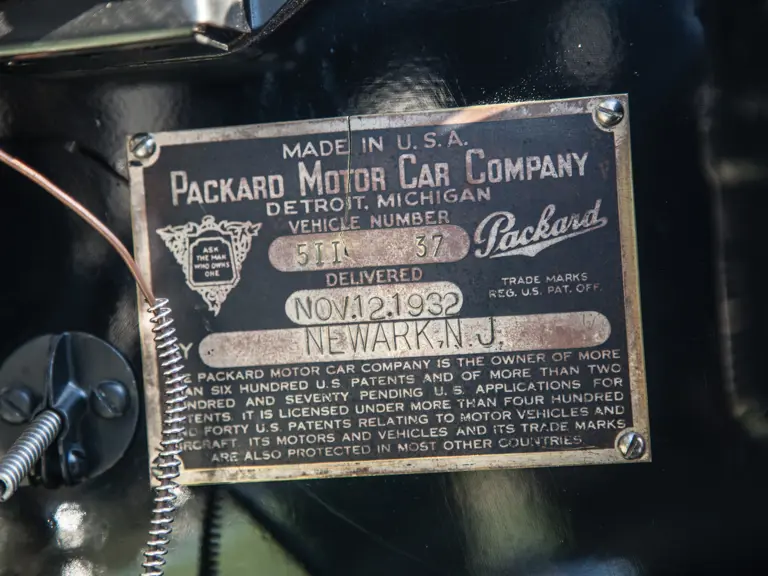
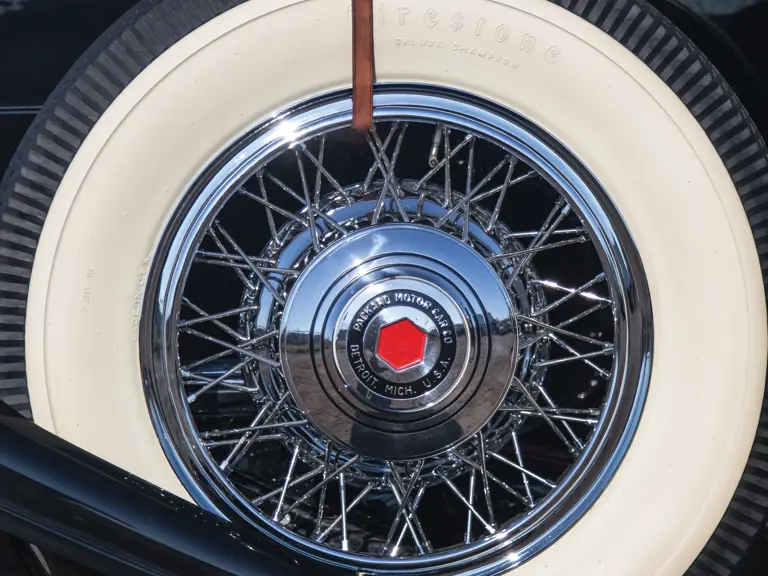
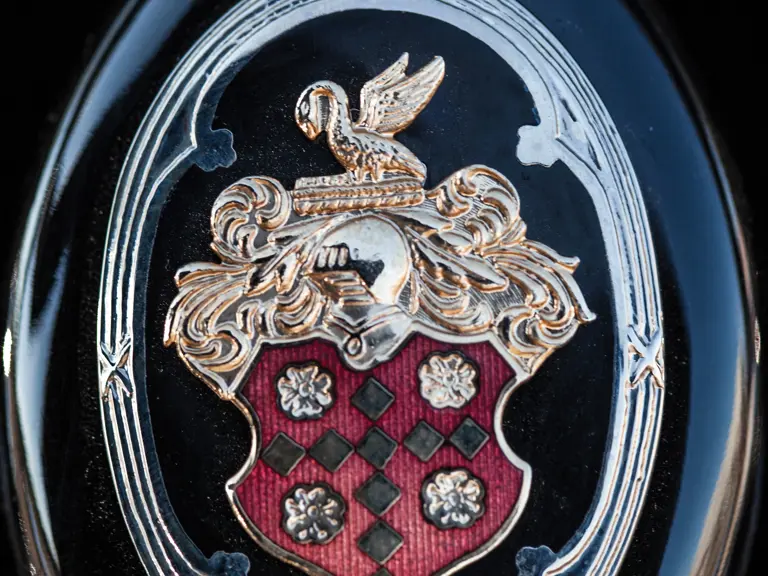
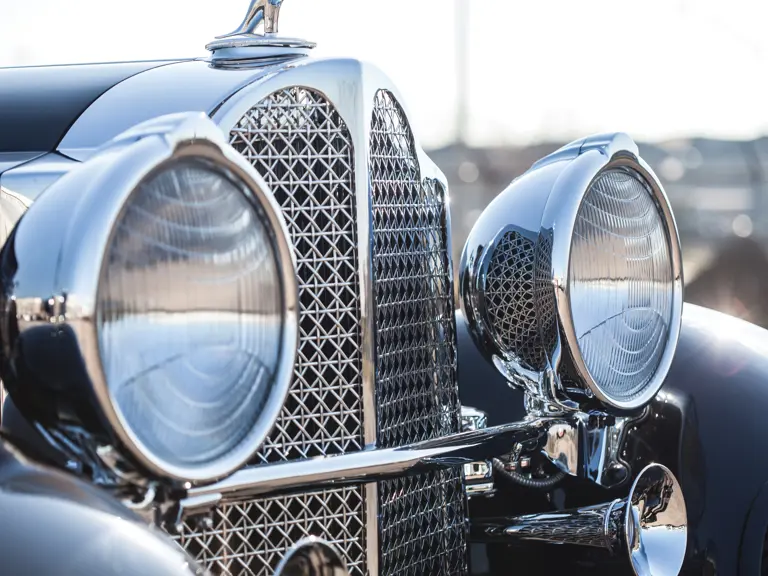

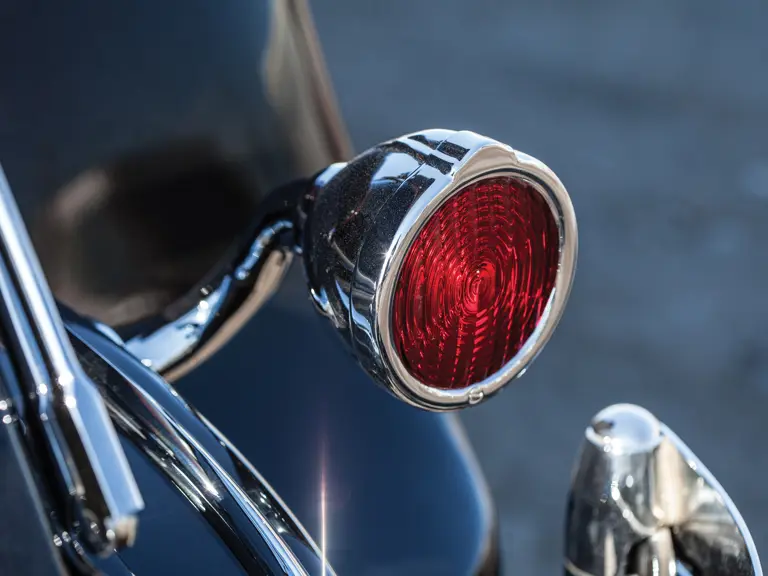
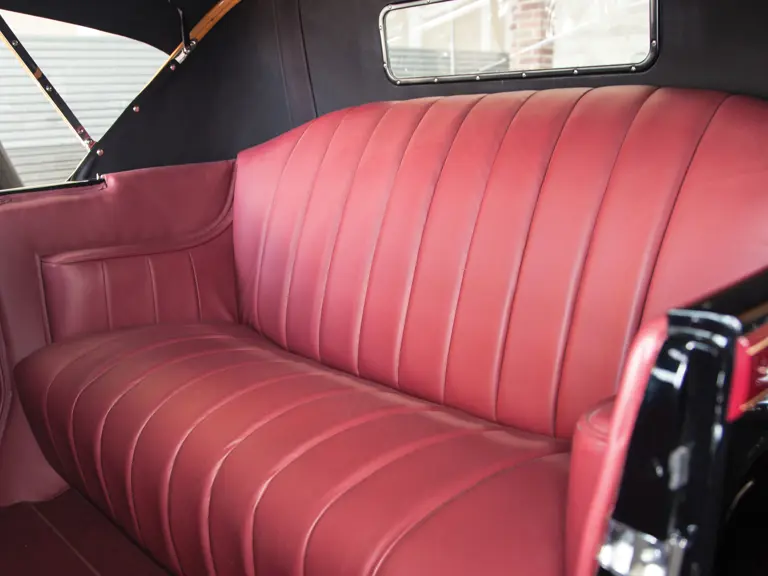
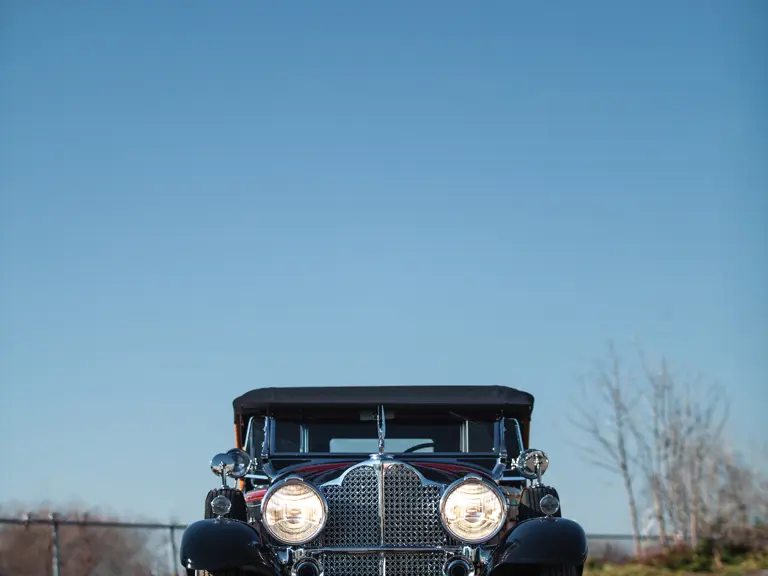
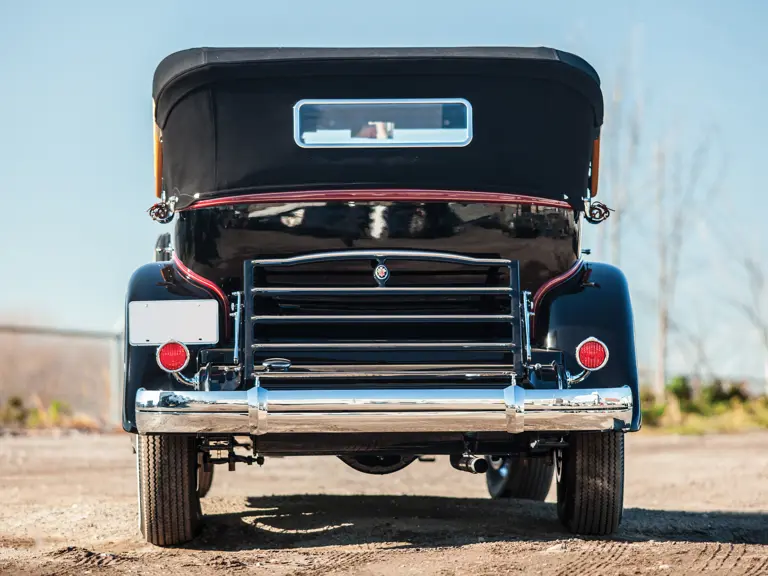
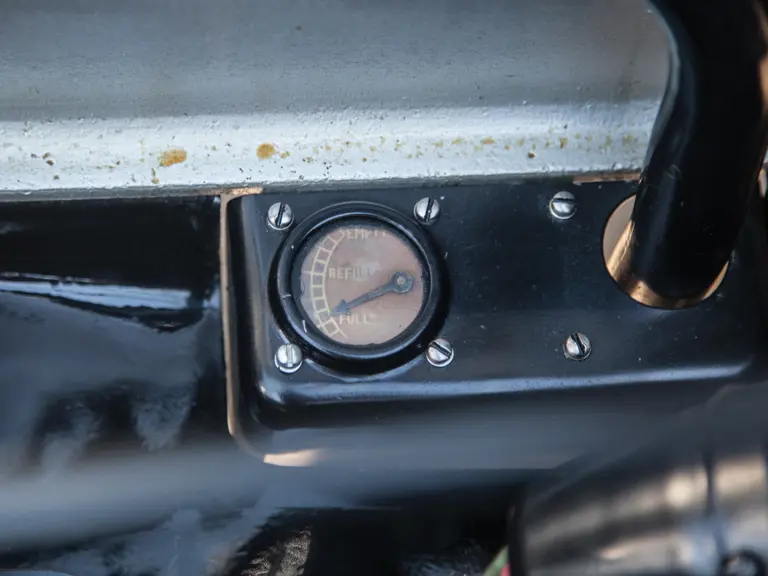
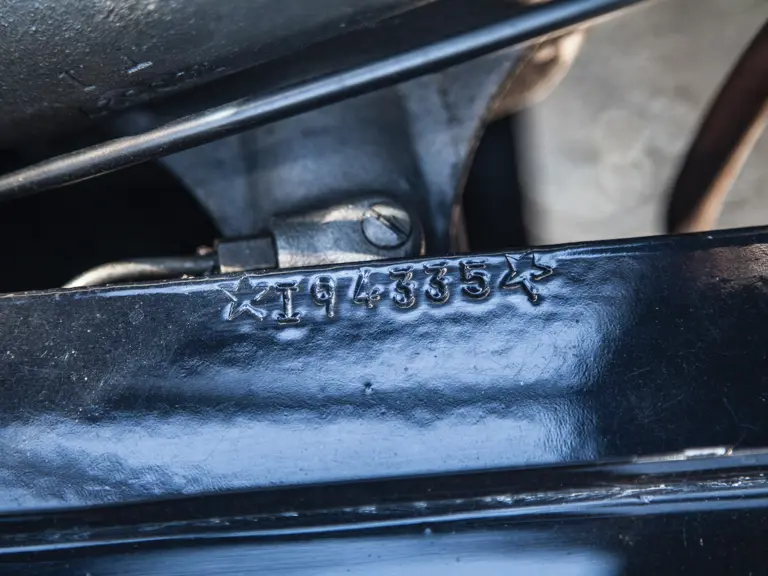
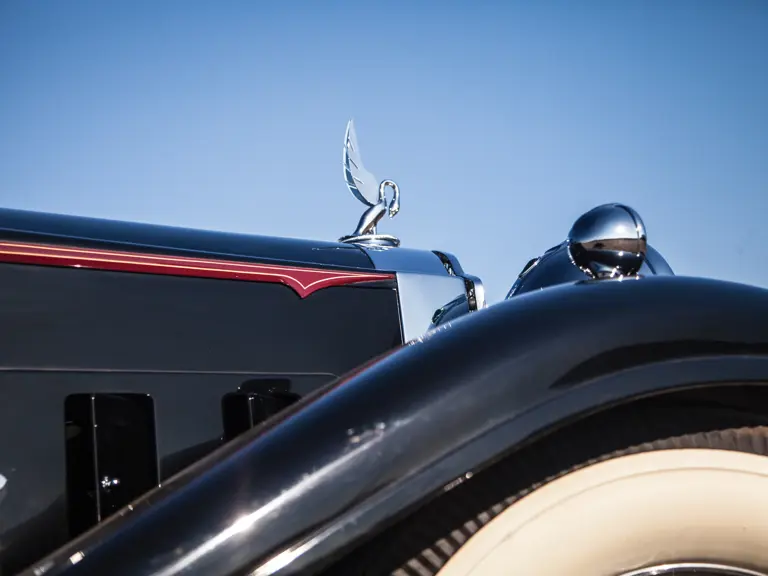
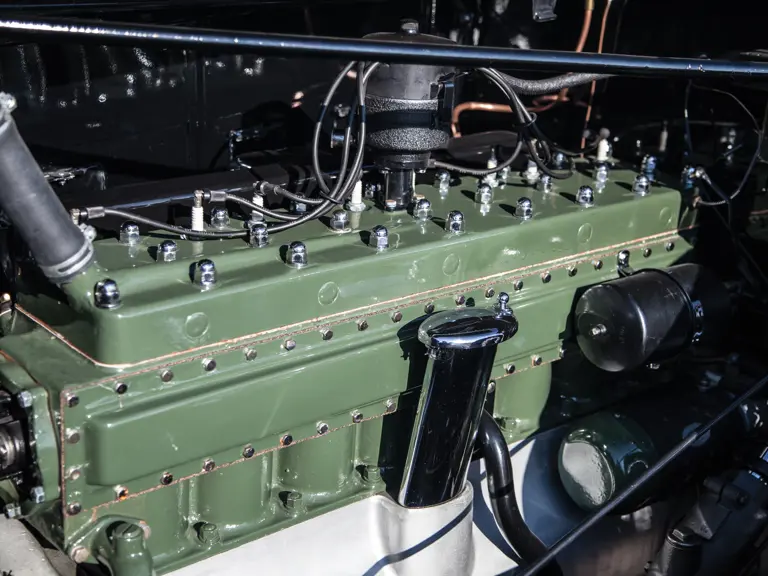
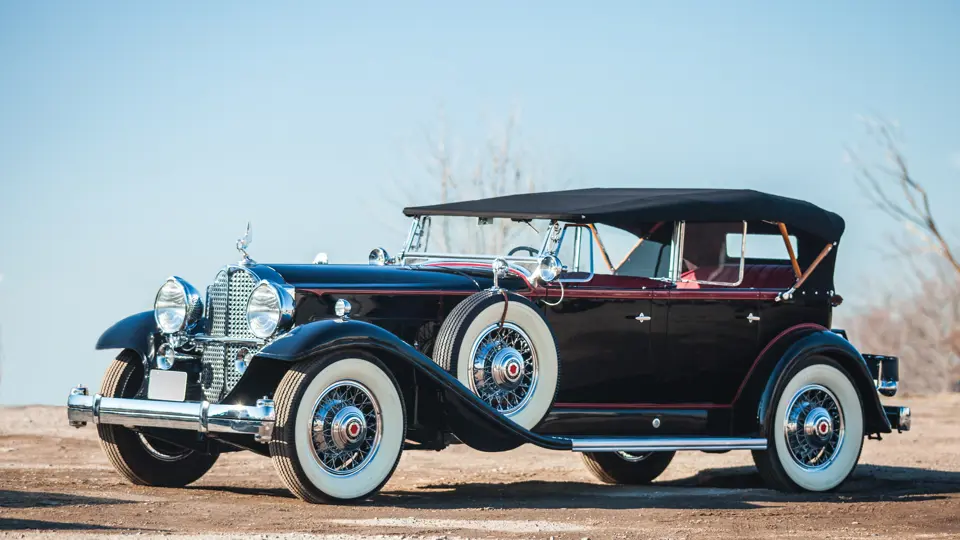
 | Amelia Island, Florida
| Amelia Island, Florida
